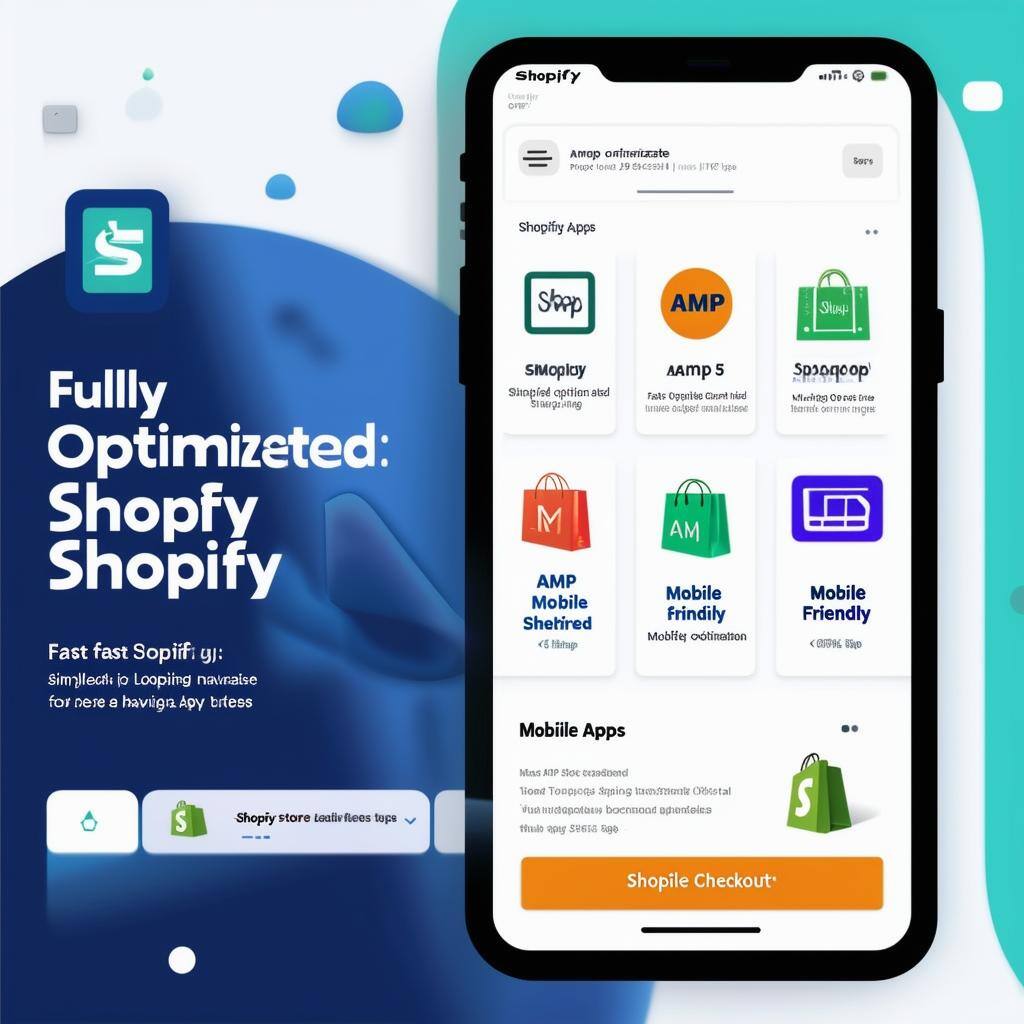Boosting Sales: The Power of Google Ads for E-commerce
Discover the impact of Google Ads on boosting sales for e-commerce businesses and learn how to effectively leverage this powerful tool.
Understanding Google Ads and its benefits for e-commerce
Google Ads is a powerful advertising platform that can significantly boost sales for e-commerce businesses. By utilizing Google Ads, businesses can reach a larger audience, increase brand visibility, and drive more traffic to their websites. This platform offers various targeting options, allowing businesses to tailor their ads to specific demographics, locations, and interests.
One of the key benefits of Google Ads for e-commerce is the ability to showcase products directly in search results. With Google Shopping campaigns, businesses can display product images, prices, and descriptions to potential customers who are actively searching for similar products. This increases the chances of capturing their attention and driving them to make a purchase.
Furthermore, Google Ads provides valuable insights and data that can help businesses optimize their advertising strategies. Through the use of analytics tools, businesses can track the performance of their ads, monitor conversion rates, and identify areas for improvement. This data-driven approach allows businesses to make informed decisions and continuously refine their campaigns for better results.
Creating targeted campaigns to reach the right audience
When it comes to Google Ads, targeting the right audience is crucial for e-commerce success. By creating targeted campaigns, businesses can ensure that their ads are shown to the most relevant audience, increasing the likelihood of generating sales.
To reach the right audience, businesses can utilize various targeting options offered by Google Ads. This includes demographic targeting, where businesses can select specific age groups, genders, and income levels to display their ads to. Additionally, businesses can target users based on their interests and online behaviors, allowing them to reach individuals who are more likely to be interested in their products.
Another effective targeting strategy is location targeting. E-commerce businesses can focus their ads on specific geographic areas to drive traffic from potential customers in those regions. This is especially useful for businesses that offer products or services that are only available in certain locations.
By creating targeted campaigns and reaching the right audience, businesses can optimize their advertising budget and increase the chances of converting potential customers into actual buyers.
Optimizing ad performance for increased sales
To maximize the effectiveness of Google Ads and drive increased sales, it is important to optimize ad performance. This involves constantly monitoring and adjusting various elements of the ads to improve their performance and conversion rates.
One key aspect of optimizing ad performance is ad copy. Businesses should craft compelling and persuasive ad copy that clearly communicates the value proposition of their products. By using persuasive language, highlighting unique selling points, and including compelling calls-to-action, businesses can increase the chances of attracting clicks and conversions.
In addition to ad copy, businesses should also optimize their ad visuals. This includes using high-quality images or videos that showcase the products in the best possible light. Visual elements play a significant role in capturing the attention of potential customers and convincing them to make a purchase.
Furthermore, businesses should regularly analyze the performance of their ads and make data-driven optimizations. This can involve adjusting bidding strategies, refining targeting options, or testing different ad formats. By continuously optimizing ad performance, businesses can drive increased sales and achieve better return on investment (ROI).
Utilizing retargeting strategies to maximize conversions
Retargeting is a powerful strategy that can help e-commerce businesses maximize conversions and increase sales. With retargeting, businesses can show ads to users who have previously visited their website or shown interest in their products, but did not make a purchase.
By utilizing retargeting, businesses can remind potential customers about their products, reinforce their brand message, and encourage them to complete their purchase. This can be done through various channels, such as display ads, search ads, or social media ads.
To effectively utilize retargeting, businesses can create tailored ad campaigns specifically designed for retargeted audiences. These campaigns can include personalized messaging, exclusive offers, or incentives to entice potential customers to revisit the website and make a purchase.
By implementing retargeting strategies, businesses can significantly increase their conversion rates and drive more sales from existing website visitors.
Measuring success and adjusting strategies for continuous improvement
Measuring the success of Google Ads campaigns is essential for e-commerce businesses to understand their advertising performance and make informed decisions. By analyzing key metrics and data, businesses can identify what strategies are working and what areas need improvement.
One important metric to track is the conversion rate. This measures the percentage of users who clicked on an ad and completed a desired action, such as making a purchase or signing up for a newsletter. By monitoring the conversion rate, businesses can assess the effectiveness of their ads and landing pages, and make necessary adjustments to improve conversion rates.
Other important metrics to consider include click-through rate (CTR), cost per conversion, return on ad spend (ROAS), and customer acquisition cost (CAC). These metrics provide insights into the overall performance and profitability of Google Ads campaigns.
Based on the data collected, businesses can adjust their advertising strategies and make continuous improvements. This can involve refining targeting options, testing different ad formats, or reallocating budget to high-performing campaigns. By constantly analyzing and adjusting strategies, businesses can optimize their Google Ads campaigns for better results and increased sales.


